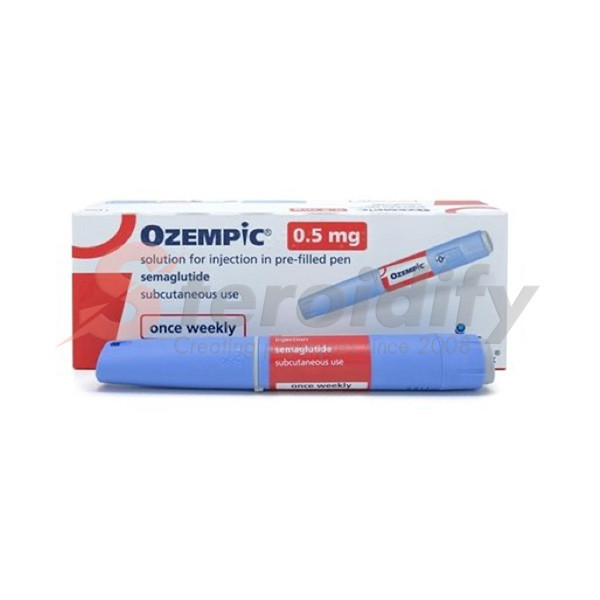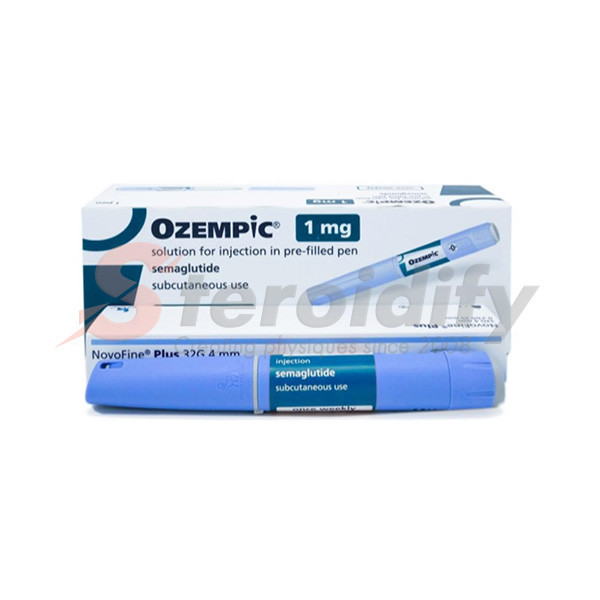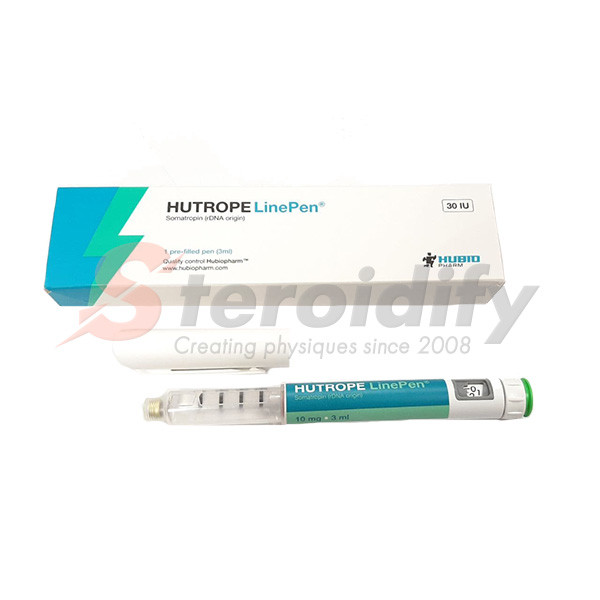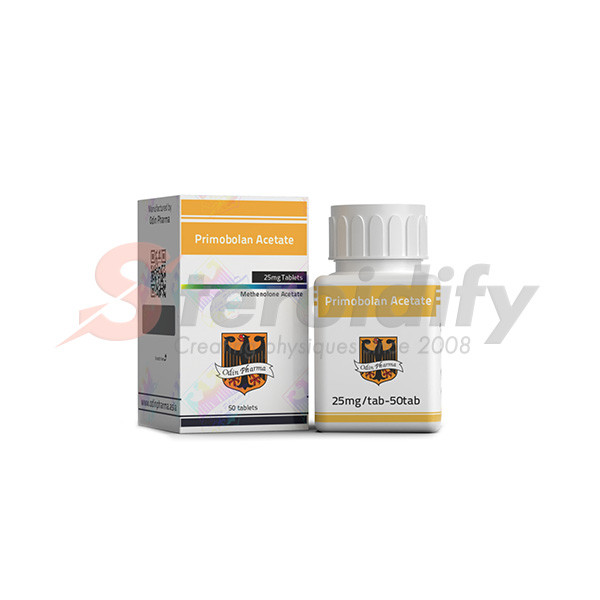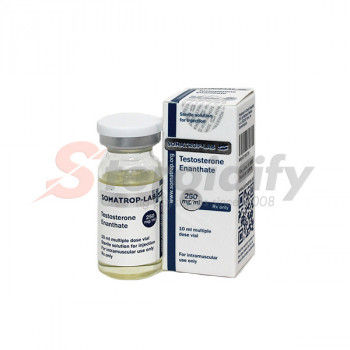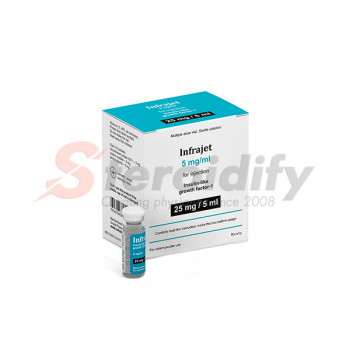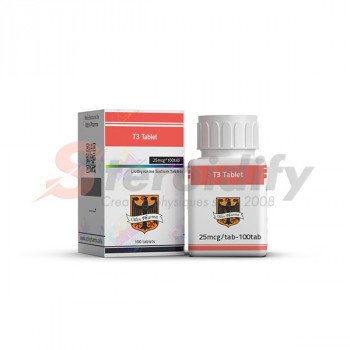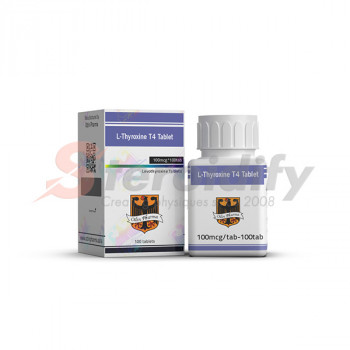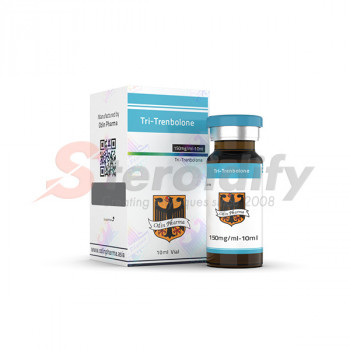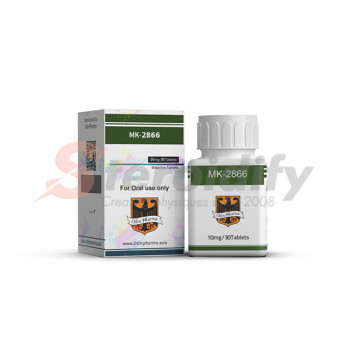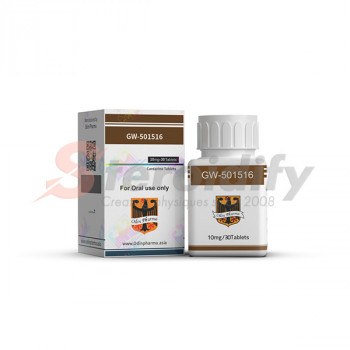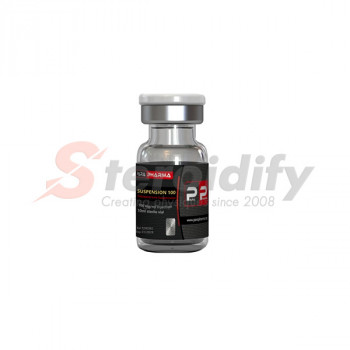DIANABOL - METHANDIENONE
Dianabol is the most recognized trade name for the drug methandrostenolone, also referred to as methandienone in many countries. Methandrostenolone is a derivative of
testosterone, modified so that the hormone’s androgenic (masculinizing) properties are reduced and its anabolic (tissue building) properties preserved. Having a lower level of relative androgenicity than testosterone, methandrostenolone is classified as an “anabolic” steroid, although quite a distinct androgenic side is still present. This drug was designed, and is principally sold, as an oral medication, although it can also be found in a number of injectable veterinary solutions. Dianabol is today, and has historically been, the most commonly used oral anabolic/androgenic steroid for physique and performanceenhancing purposes.
History:
Methandrostenolone was first described in 1955. It was released to the U.S. prescription drug market in 1958, under the brand name Dianabol by Ciba Pharmaceuticals. Ciba developed methandrostenolone into a medicine with the help of Dr. John Ziegler, who was the team physician for a number of U.S. Olympic teams, including weightlifting.
Ziegler makes note in Bob Goldman’s Death in the Locker Room that he was first exposed to steroids at the 1956 World Games, seeing that the Russians were heavily abusing testosterone on their strength athletes. According to Ziegler, the hormone was having noticeable side effects, and one athlete had such profound prostate enlargement that he was forced to urinate with the aid of a catheter. While working with Ciba, the company tested a steroid (synthesized earlier) that had reduced androgenicity compared to testosterone, but with retained tissue-building (anabolic) properties. This had been accomplished by altering the basic chemical structure of testosterone in a way that altered its metabolism and disposition in the body. With the help of Dr. Ziegler, Ciba brought to market one of the most effective oral “anabolic” steroid medicines ever known, methandrostenolone. The success of the drug was rapid and far-reaching.
Structural Characteristics:
Methandrostenolone is a modified form of testosterone. It differs by: 1) the addition of a methyl group at carbon 17- alpha to protect the hormone during oral administration and 2) the introduction of a double bond between carbons 1 and 2, which reduces its relative androgenicity. The resulting steroid also has a much weaker relative binding affinity for the androgen receptor than testosterone, but at the same time displays a much longer half-life and lower affinity for serumbinding proteins in comparison. These features (among others) allow methandrostenolone to be a very potent anabolic steroid in spite of a weaker affinity for receptor binding. Recent studies have additionally confirmed that its primary mode of action involves interaction with the cellular androgen receptor.
Side Effects (Estrogenic):
Methandrostenolone is aromatized by the body, and is a moderately estrogenic steroid. Gynecomastia is often a concern during treatment, and may present itself quite early into a cycle (particularly when higher doses are used). At the same time water retention can become a problem, causing a notable loss of muscle definition as both subcutaneous water retention and fat levels build. Sensitive individuals may therefore want to keep the estrogen under control with the addition of an anti-estrogen such as Nolvadex® and/or Proviron®. One may alternately use an aromatase inhibitor like Arimidex® (anastrozole), which is a more effective remedy for estrogen control. Aromatase inhibitors, however, can be quite expensive in comparison to standard estrogen maintenance therapies, and may also have negative effects on blood lipids.
It is interesting to note that methandrostenolone is structurally identical to boldenone, except that it contains the added c17- alpha-methyl group. This fact makes clear the impact of altering a steroid in such a way, as these two compounds appear to act very differently in the body. A key dissimilarity seems to lie in the tendency for estrogenic side effects.
Equipoise® (boldenone undecylenate) is known to be quite mild in this regard, and users commonly take this drug without the need to add an anti-estrogen.
ethandrostenolone is much more estrogenic, often necessitating anti-estrogen use. But this difference is not caused by methandrostenolone being more easily aromatized. In fact, the 17-alpha methyl group and c1-2 double bond both slow the process of aromatization considerably. The issue actually is caused by methandrostenolone converting to 17alpha-methylestradiol, a more biologically active form of estrogen than estradiol.
Side Effects (Androgenic):
Although classified as an anabolic steroid, androgenic side effects are still common with this substance. This may include bouts of oily skin, acne, and body/facial hair growth. Anabolic/androgenic steroids may also aggravate male pattern hair loss. Individuals sensitive to the androgenic effects of methandrostenolone may find a milder anabolic such as Deca-Durabolin® to be more comfortable. Women are additionally warned of the potential virilizing effects of anabolic/androgenic steroids. These may include a deepening of the voice, menstrual irregularities, changes in skin texture, facial hair growth, and clitoral enlargement. While methandrostenolone does convert to a more potent steroid via interaction with the 5-alpha reductase enzyme (the same enzyme responsible for converting testosterone to dihydrotestosterone), it has an extremely low affinity to do so. The androgenic metabolite 5-alpha dihydromethandrostenolone is produced only in trace amounts, so the relative androgenicity of methandrostenolone is not significantly affected by finasteride or dutasteride.
Side Effects (Hepatotoxicity):
Methandrostenolone is a c17-alpha alkylated compound. This alteration protects the drug from deactivation by the liver, allowing a very high percentage of the drug entry into the bloodstream following oral administration. C17-alpha alkylated anabolic/androgenic steroids can be hepatotoxic. Prolonged or high exposure may result in liver damage. In rare instances life-threatening dysfunction may develop. It is advisable to visit a physician periodically during each cycle to monitor liver function and overall health. Intake of c17- alpha alkylated steroids is commonly limited to 6-8 weeks, in an effort to avoid escalating liver strain. Studies have shown that several weeks of methandrostenolone administration offers minimal hepatic stress so long as it is given at a dosage of 10 mg per day or below. At a dose of 15 mg per day, a majority of patients will begin to demonstrate disturbed liver function as measured by clinically elevated bromosulphalein retention (a marker of hepatic stress). Even at 2. and 5 mg per day, elevations in BSP retention have been reported in patients.
Severe liver complications are rare given the periodic nature in which most people use oral anabolic/androgenic steroids, although cannot be excluded with methandrostenolone, especially with high doses and/or prolonged administration periods.
The use of a liver detoxification supplement such as Liver Stabil, Liv-52, or Essentiale Forte is advised while taking any hepatotoxic anabolic/androgenic steroids.
Technical
• [17a-methyl-17b-hydroxy-1,4-androstadien-3-one]
• Molecular Weight: 300.44
• Formula: C20H28O2
• Melting Point: N/A
• Manufacturer: Ciba (originally)
• Release Date: 1956
• Effective dose: 25-50mgs (as low as 10 and as high as 100 have been reported)
• Active Life: 6-8hours
• Detection Time: up to 6 weeks
• Anabolic/Androgenic Ratio (Range): 90-210:40-60



















